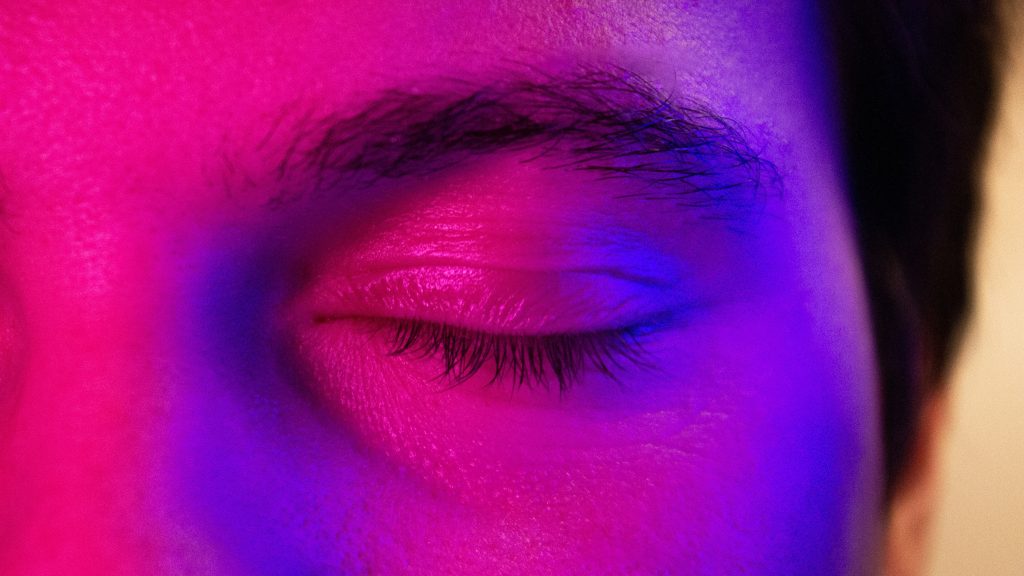Your cart is currently empty!
Harnessing the Creative Power of Lucid Dreaming

Imagine being fully aware that you’re dreaming—able to control the narrative, shape your surroundings, and explore an entire world of your own making. Sounds surreal, right? Yet, this phenomenon, known as lucid dreaming, is not only possible but something anyone can learn to harness. It’s a fascinating practice that offers a window into the mind’s deepest realms, tapping into creativity and self-awareness in ways we rarely experience during waking hours. But what makes lucid dreaming so powerful, and how do you start unlocking this hidden potential?
What Is Lucid Dreaming?
Lucid dreaming is a unique state where you are aware that you’re dreaming and can sometimes take control of the dream’s storyline, surroundings, or characters. It occurs during the rapid eye movement (REM) phase of sleep, typically around 90 minutes after falling asleep. This dream state blends characteristics of both wakefulness and sleep, allowing for a fascinating cognitive experience that blurs the line between reality and imagination.
As Britannica explains, in a lucid dream, not only are individuals conscious of their dream state, but they may also be able to direct the content of the dream, including their actions and the dream’s environment. Researchers have found that around 55% of people have experienced at least one lucid dream in their lifetime, though only a smaller percentage experience them regularly.
Scientifically speaking, the brain’s prefrontal cortex—responsible for decision-making and self-reflection—tends to show heightened activity during lucid dreams. This helps explain why people can recognize they’re dreaming and influence the narrative. Researchers like Dr. Keith Hearne and Stephen LaBerge were pioneers in demonstrating that lucid dreamers can communicate with the waking world through predetermined eye movements.
In this semi-conscious state, you can experiment with changing the dream’s course, testing the boundaries of imagination, or even solving real-world problems. As described in the original article, “lucid dreaming is a state in which you are halfway between sleep and consciousness”—a perfect playground for exploring the subconscious.
Now that we’ve explored what lucid dreaming is, let’s take a closer look at how it can benefit your mental well-being, creativity, and even real-world problem-solving.
The Benefits of Lucid Dreaming
Lucid dreaming offers numerous potential benefits, from enhancing creativity to improving mental health. One of the most significant advantages is the ability to confront and resolve nightmares. By becoming aware that you’re dreaming, you can change the course of troubling dreams, reducing anxiety and improving sleep quality. As one researcher noted, lucid dreamers can “take control of their dreams” and shift distressing situations into more positive ones.
Additionally, lucid dreaming has been shown to boost creativity and problem-solving. Inventor Ray Kurzweil, for instance, credits lucid dreaming with helping him find solutions to complex problems by “seeding” his dreams with questions before falling asleep. This aligns with studies showing that lucid dreaming can engage the brain’s creative centers, making it a valuable tool for both personal and professional growth.
Lucid dreams also hold promise for improving real-life skills. Athletes like golfer Jack Nicklaus have used lucid dreaming to practice and perfect physical techniques. In one instance, Nicklaus recalled a dream where he corrected his golf swing, which led to a real improvement in his game upon waking. While more research is needed, early studies suggest that lucid dreaming could even have therapeutic benefits for people with PTSD, anxiety, and other mental health conditions, allowing them to safely explore stressful situations in their dreams.
Now that we’ve explored how lucid dreaming can positively impact your life, you might be wondering how to experience this fascinating phenomenon yourself. Fortunately, with a little practice, there are proven techniques to help you enter the world of lucid dreaming.
Techniques to Induce Lucid Dreaming

There are various techniques for inducing lucid dreams, each requiring practice and persistence. Here’s a breakdown of the most commonly used and scientifically backed methods:
- Mnemonic Induction of Lucid Dreams (MILD)
This technique involves mentally repeating a phrase like “the next time I’m dreaming, I will remember I’m dreaming” before falling asleep. The intention is to trigger a state of awareness during REM sleep. According to studies, this method can be effective, especially when paired with other techniques like Wake-Back-to-Bed. - Wake-Back-to-Bed (WBTB)
WBTB requires you to wake up after five hours of sleep, stay awake for 30 minutes to an hour, and then return to bed. The goal is to enter REM sleep quickly while maintaining enough awareness to recognize you’re dreaming. Research suggests combining WBTB with MILD can significantly increase the likelihood of lucid dreaming. - Reality Testing
Throughout the day, you regularly question whether you are dreaming by performing simple tests like trying to push your finger through your hand or checking if text remains stable when rereading it. If practiced consistently, this habit can carry into your dreams, triggering lucidity when your reality check fails. - Dream Journals
Keeping a journal to record your dreams can improve dream recall and make it easier to spot recurring themes or patterns that can signal when you’re dreaming. While dream journaling may not induce lucid dreams directly, it complements techniques like MILD and WBTB. - External Stimulation
Devices that deliver cues such as flashing lights or sounds during REM sleep can sometimes trigger lucidity. These cues are meant to remind the sleeper that they are dreaming, but research on their effectiveness is still limited.
By practicing these techniques, you can start to enter the fascinating world of lucid dreaming more frequently. Once you’re there, the potential to harness the power of your subconscious mind becomes truly exciting.
Harnessing the Power of Your Subconscious

Lucid dreaming unlocks endless possibilities, offering you a unique gateway into your subconscious mind. Whether you’re seeking creative breakthroughs, relief from nightmares, or even personal growth, lucid dreaming allows you to explore and reshape the world of your dreams with purpose. It’s a tool that not only enhances self-awareness but also fosters imaginative problem-solving that can carry over into your waking life.
While mastering lucid dreaming might take time and persistence, the rewards are truly worth the effort. Techniques like MILD, WBTB, and reality testing offer a clear path to achieving lucidity and exploring your mind in ways you never thought possible. By building habits such as maintaining a dream journal and performing regular reality checks, you’ll gradually develop the ability to control and navigate your dreams.
Remember, lucid dreaming isn’t just about the thrill of controlling your dreams—it’s about harnessing the power of your subconscious to unlock creativity, confront challenges, and push the boundaries of what’s possible, both in your dreams and in your life.
